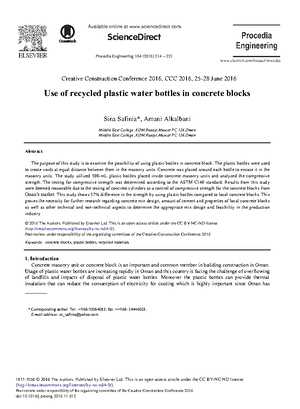- Information
- AI Chat
Was this document helpful?
Amisola FA4 - Basic occupational Safety and Health
Course: Civil Engineering (BSCE 01)
136 Documents
Students shared 136 documents in this course
University: Ateneo de Davao University
Was this document helpful?

Name: Amisola, Dominic Paul G.
Class/Schedule: ESM 3044 (5-277) TTh 5:40 – 7:10
Instructions. Identify at least ten (10) FIRE HAZARDS in the workplace (construction
industry) and give specific recommendations on how to control each of these hazards.
Fire Hazards Identified Suggested specific controls
1. Electrical faults Fixed electrical systems and portable
equipment. Sites will have a combination of
fixed electrical wiring from mains sources and
electricity generated from fixed and/or
mobile power generators. All electrical
installations must be tested, inspected, and
commissioned before becoming available for
use and at suitable intervals. Portable
Appliance Testing (PAT) should be carried out
in accordance with the HSE guidance note
HSG107 which advocates a risk-based testing
2. Flammable gases and liquids Fuel may be required for hot cutting and
plant, and this may be in the form of
flammable gases such as LPG or liquid fuel for
generators. Management of fuel is the
responsibility of the site manager and should
include the whole process from procuring the
correct fuel, its use, and the potentially
hazardous operations such as refueling.
3. Smoking Smoking must be prohibited on site or
designated smoking areas are provided away
from the main work site and the site offices.
4. Lightning lightning protection systems shall be provided
where appropriate and should be tested
annually with certificates provided to confirm
a satisfactory test.
5. Arson Access to a site should be strictly controlled
and supervised around the clock where
necessary; there are many reasons given by
an arsonist for starting a fire and the issue for






